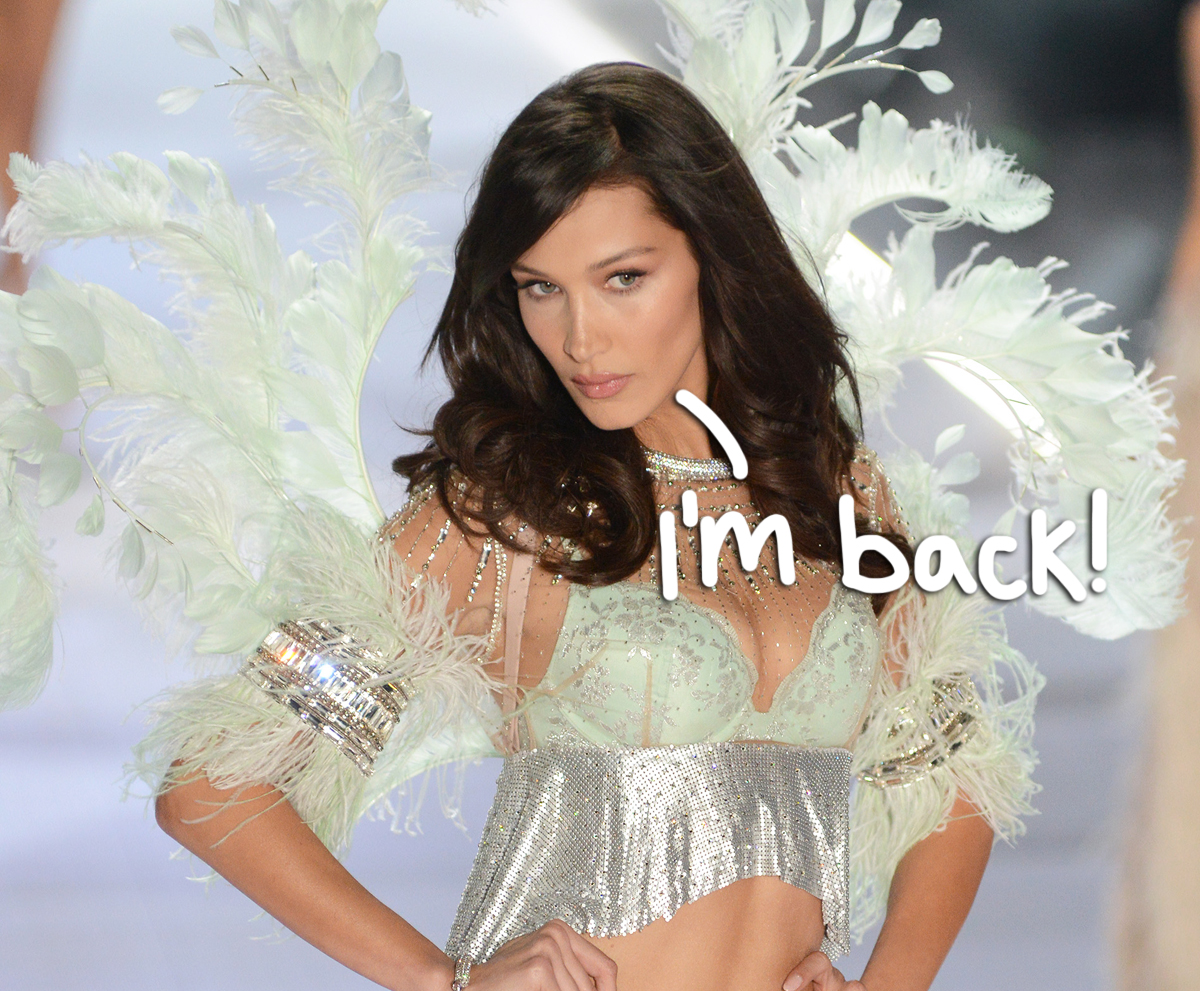#When Harry Belafonte Hosted ‘The Tonight Show’ and Changed Television Forever

“#When Harry Belafonte Hosted ‘The Tonight Show’ and Changed Television Forever”
The streaming service Peacock has released a documentary about that historic week in February titled The Sit-In: Harry Belafonte Hosts The Tonight Show. The film is directed by Yoruba Richen, whose previous credits include The New Black and The Green Book: Guide to Freedom, an Emmy-nominated documentary for the Smithsonian Channel. Journalist Joan Walsh, who serves as a producer on the documentary, wrote the 2017 article that inspired the film. Walsh also appears as a talking head alongside Whoopi Goldberg, Questlove, film critic Wesley Morris, former late-night host and comedian Robin Thede, and Belafonte himself, as well as his daughter Gina.
Belafonte, now in his nineties, came to prominence at a time when segregation was legal but his star power was undeniable. He was a household name in both Black and white homes and an accomplished singer, actor, and activist. Though the more famous of the two, regular Tonight Show host Johnny Carson had an easier path to success. “He was as average an American as you could possibly get,” Belafonte says of Carson in the documentary.
While not a particularly political man since he took over the program in 1962, Carson felt that giving up his show to Belafonte would allow the issues bubbling in the national conscience — the Civil Rights Movement, the anti-war protests of the escalating US involvement in Vietnam — to have their due without having to go out on that limb himself. To explain Carson’s position, Richen uses footage of the TV personality on his own show explaining that his fear of speaking out on sociopolitical issues came from the knowledge that he’d potentially lose half his audience if he took a stance.
One of the great obstacles of the documentary wasn’t budgetary concerns or access to subjects but that NBC’s then-policy of re-recording over their shows to save money and/or tape meant that Belafonte’s historic week was nearly-completely lost to history. “We were telling the story about this week,” Richen explains to Deadline, “but one of the big challenges is that we only had an hour of footage from it.” Two half-hour videos with guests Martin Luther King Jr. (watch in full here) and Bobby Kennedy (watch in full here) — both of whom were assassinated mere months after their appearances — are all that survive of Belafonte’s tenure.
How do you produce a documentary of a historic week of television without footage of that week? By a stroke of luck, Phil Gries, a private collector of television show tapes, happened to have recorded audio of two of the five nights Belafonte hosted. That footage is spread across the documentary’s soundtrack, and Richen uses other archival footage to make up the difference. Richen explains to Deadline, “It was about this week in the time in 1968, but it was really how Harry saw what was going on in the world and Harry’s relationship with these guests…that’s the place where we start from.”
There is footage of Belafonte standing before a microphone opposite Dr. King at a protest and more intimate photographs of King in Belafonte’s apartment, snippets from his movie appearances (Carmen Jones, Bright Road, Island In the Sun) and television projects including his 1959 CBS variety special, Tonight With Belafonte, for which he won an Emmy — becoming the first African-American to ever win the award.
That supplemental archival footage more than makes up for the lost material. It gives the audience a feel for the type of man Belafonte was and why the era’s biggest names were happy to be summoned to a shared stage for a single week just to spend time with him. When Dr. King enters the stage for his Tonight Show appearance, he greets Belafonte with the standard guest-host handshake but the two friends also share a kiss on the cheek. This kiss between two of the most well-known Black men in America at the time is a symbol of their closeness and fraternity that immediately adds a level of intimacy to the staid late-night format and sets the tone for what the show would be under Belafonte.
Belafonte’s guest list for the week was a who’s who of the most prominent, powerful, and divisive Black performers and activists in America: Dr. King, Bill Cosby, Aretha Franklin, Nipsey Russell, and Sidney Poitier, whose two contemporary movie releases, In The Heat of The Night and Guess Who’s Coming To Dinner, were causing a stir in the late ‘60s. When Paul Newman, an icon of American cinema and to white men and women everywhere, appeared on the show opposite Dr. King, Leon Bibb, and Nipsey Russell, he was the racial minority. In fact, fifteen of Belafonte’s twenty-five guests that week were Black. As Goldberg notes in the film, “Harry had an agenda.” Belafonte’s agenda was to make his activism digestible to a national audience by couching it in music and entertainment.
On the subject of the legacy of that week, the documentary’s talking heads are rightfully upset. There wasn’t another Black late night host until Arsenio Hall’s program debuted in 1989. That gap speaks volumes about the discomfort Belafonte’s programming stint caused network executives despite the high ratings that that week’s programming brought in — Walsh notes they were “higher than Carson’s usual numbers.” As if to demonstrate what Belafonte was up against during his February 5th through 9th takeover, Richen tactfully disperses pre-Belafonte Tonight Show footage throughout the documentary that illustrates the unending whiteness of the popular program — a white audience, a white band, white guests, a white announcer voice, and of course, a white host.
After his historic week, Belafonte took out a full-page ad in Variety to thank the guests and the staff of the show “for making this “sit-in” so enjoyable.” That moniker, in addition to giving the documentary its name, was also representative of Belafonte’s big intentions with his hosting gig. “Hollywood reflects the mood of the nation,” Belafonte explains, “and it lies a lot about who we are.” His words could refer to the segregated television programming of the ‘60s when fantasy programs like Bewitched could imagine the supernatural but somehow failed to fantasize a racially integrated world. But also to the power of the medium of television.
At the time, nearly every household in America had a television, and Belafonte used his platform to upend segregated media and project forth images of Black Americans discussing racial and economic inequality but also simply living their lives. In the documentary, Belafonte explains that he made the decision to share home movies of his family on air because he wanted America to see Black people living their ordinary lives and not just when they are performing for them. Richen’s film makes the case that every choice Belafonte made as a late-night host, from inviting controversial Black and white guests like Dr. King and the Smothers Brothers to showcasing Black and indigenous folk singers like activist Buffy Sainte-Marie, forced Carson’s audience to see and hear things they would’ve never had access to or interest in had he not decided to share them. His legacy is that very decision to give a platform to minority perspectives. It was a quiet revolution.
In her article, Walsh reprints a segment of Belafonte’s memoir, My Song, in which he recalls how he signed off to his audience when his week was up: “I am fully aware of how many of you have been offended by the politics aired on this show this week. None of it was meant to offend. But all of this was consciously arranged by me to give you all a taste of what’s being said in rooms that many of you may not know or enter. Thank you for listening.”
Despite being nearly completely lost to history, Belafonte’s takeover fundamentally changed Carson’s show and set new possibilities for late-night programming. As one of the documentary’s talking heads notes, Belafonte’s mix of politics and entertainment was a precursor to the work Stephen Colbert is now celebrated for.
Carson tapping in Belafonte was also a historic precedent for today’s late-night programming where white male hosts have similarly ceded their seats of power to give minorities a chance to speak. On his NBC late-night show, Seth Meyers has a fan-favorite segment entitled “Jokes Seth Can’t Tell.” It has catapulted the career of one of his late-night writers, Black comedian Amber Ruffin, who recently announced she’s landed a late-night show of her own. Over on ABC, Jimmy Kimmel regularly has celebrity friends sub-in for his hosting duties. Among those who have been given the opportunity are Tracee Ellis Ross, Kerry Washington, and Lena Waithe.
With Sit-In, Richen positions Belafonte as the trailblazer that he is, but it is important to contextualize his legendary week in February 1968 as part of a larger historic year for Black television. Many other Black Americans were making great strides in their fight for greater control over their public image in the white-dominated television industry and to have a seat at the table to contribute to national dialogue about the political, economic, and social issues that concerned all Americans.
Black Journal, according to the American Archive of Public Broadcasting, was “the first nationally televised public affairs program produced for, about, and (eventually) by African-Americans.” The hour-long program premiered on National Educational Television on June 12th of that year with programming in line with Belafonte’s, where politics and Black art were both discussion topics and the guest list included cultural figures who were controversial in white America but important to the Black community, like Angela Davis and Huey Newton, who was interviewed from jail. The Black Journal series is a time capsule of a turbulent cultural moment. In her piece for The New Yorker writer Doreen St. Félix notes the show “opens with footage of Coretta Scott King as she addresses the Harvard class of ’68, a new widow urging young people to protect their future.”
On September 12th of the same year, PBS debuted the variety program Soul!, which was hosted by openly gay theater producer Ellis Haizlip that showcased Black art and music and facilitated the television debuts of Toni Morrison and Earth, Wind, & Fire. “Though the show had many white viewers, it never catered to the white gaze,” writes Jim Farber in his New York Times review of another new documentary about that program. The film, titled Mr. Soul!, is directed by his niece, Melissa Haizlip, who explained to KCRW that her uncle’s groundbreaking program came about because “some folks thought it would be a good idea to make ‘the Black Tonight Show’…I think the idea really was to change the public perception of Black america.” Her words further prove that the week Belafonte hosted, when the real Tonight Show was Black, was not only historic but also a turning point.
“In a time when a nation is really struggling for its soul,” Belafonte says in The Sit-In, “I believe all of us have a responsibility to do everything we can to salvage the best that’s in America.” His words are almost an echo of the final words of the late US congressman John Lewis — briefly seen in the documentary via a photo of him being arrested at a civil rights protest — in his posthumously published piece for The New York Times. “Ordinary people with extraordinary vision can redeem the soul of America,” Lewis wrote, “by getting in what I call good trouble, necessary trouble.” The Sit-In is an ode to the good trouble that Harry Belafonte got into and is proof-of-concept for Lewis’s words.
If you want to read more Like this articles, you can visit our Social Media category.
if you want to watch Movies or Tv Shows go to Dizi.BuradaBiliyorum.Com for forums sites go to Forum.BuradaBiliyorum.Com




